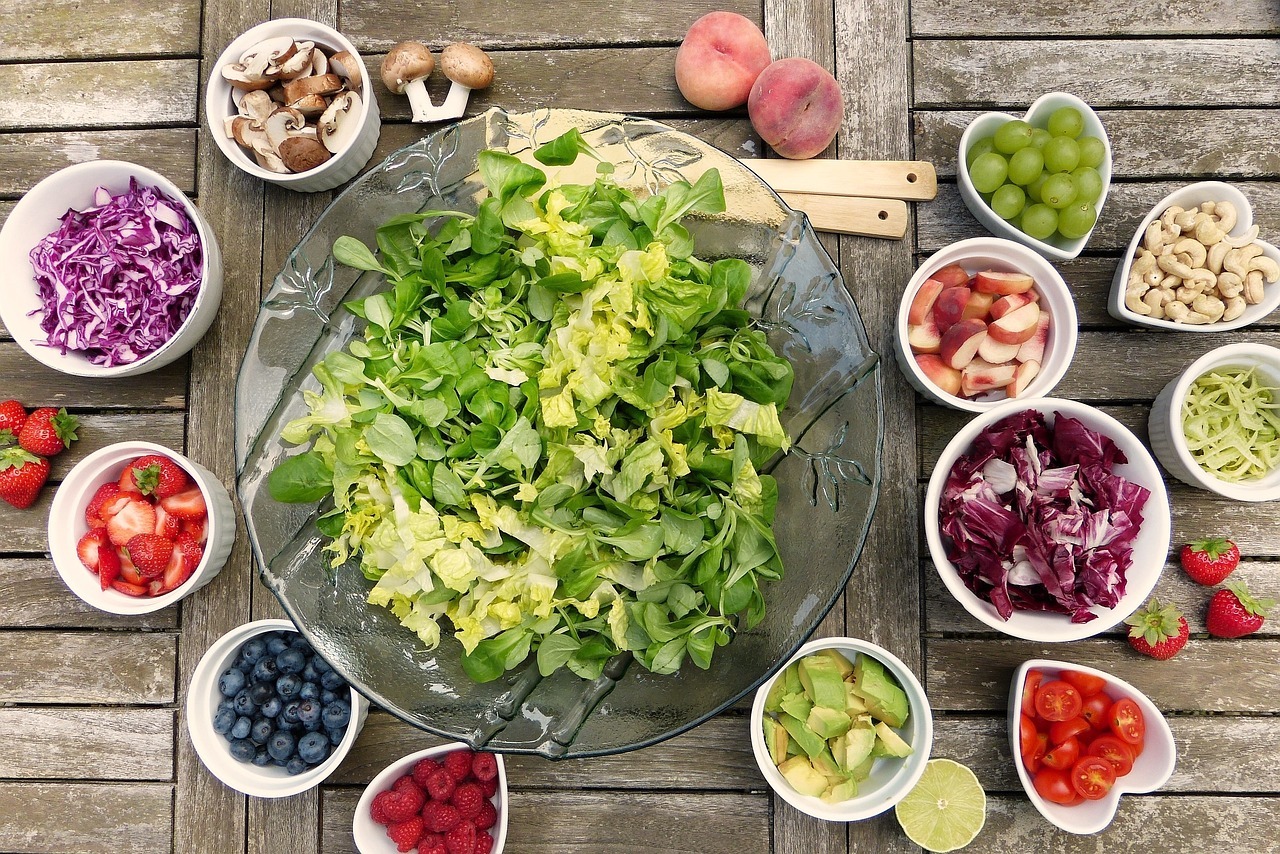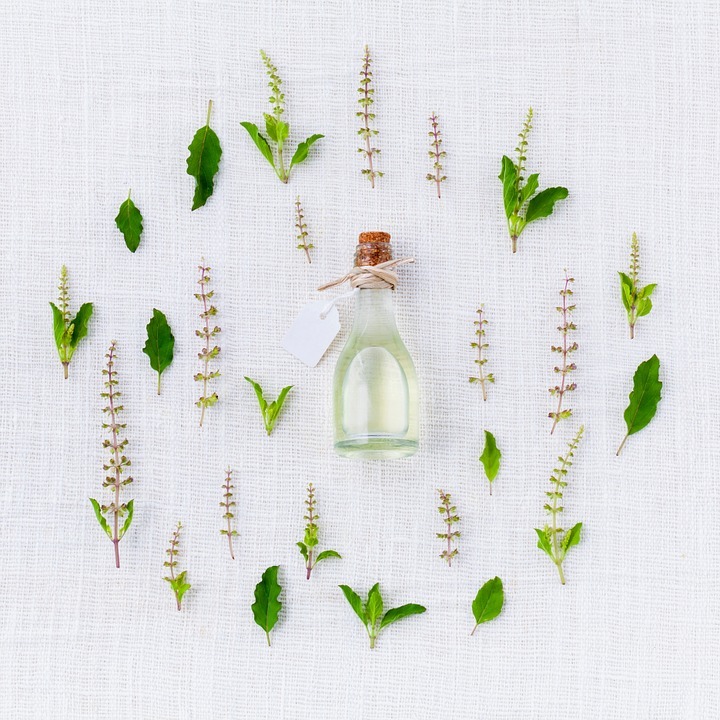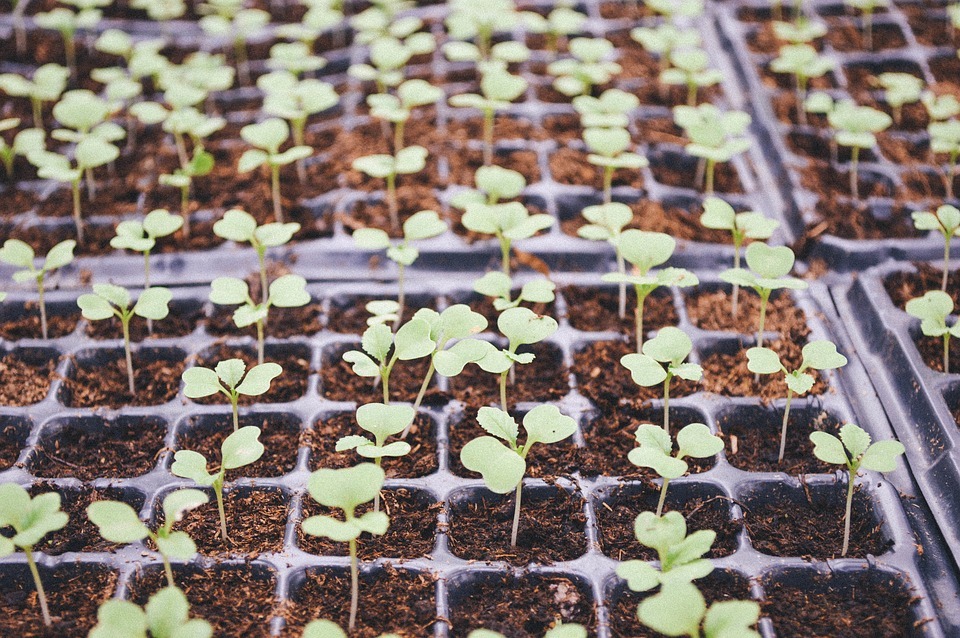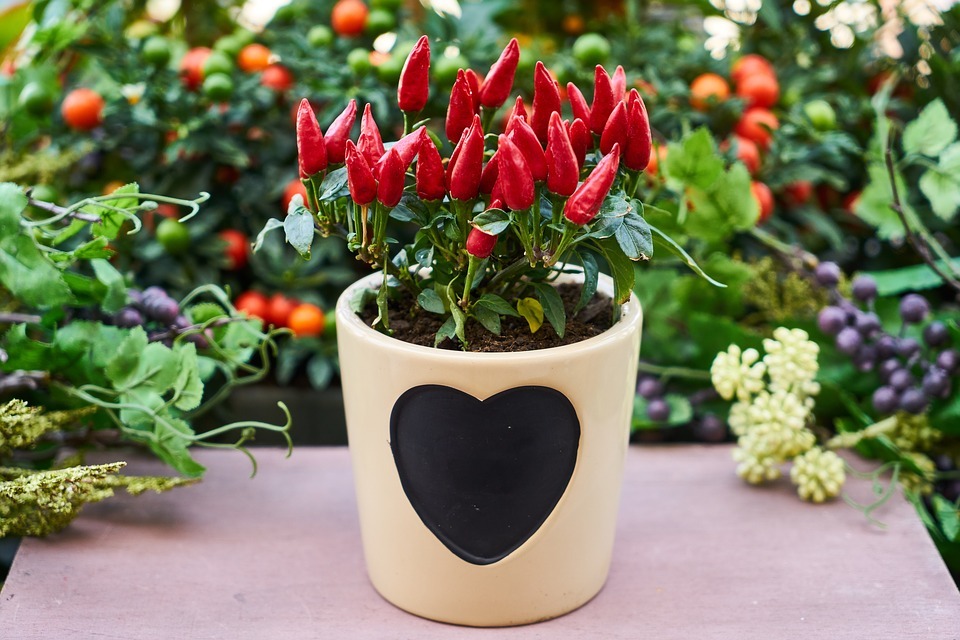Beginner’s Guide to Planning and Laying Out Square Foot Gardens
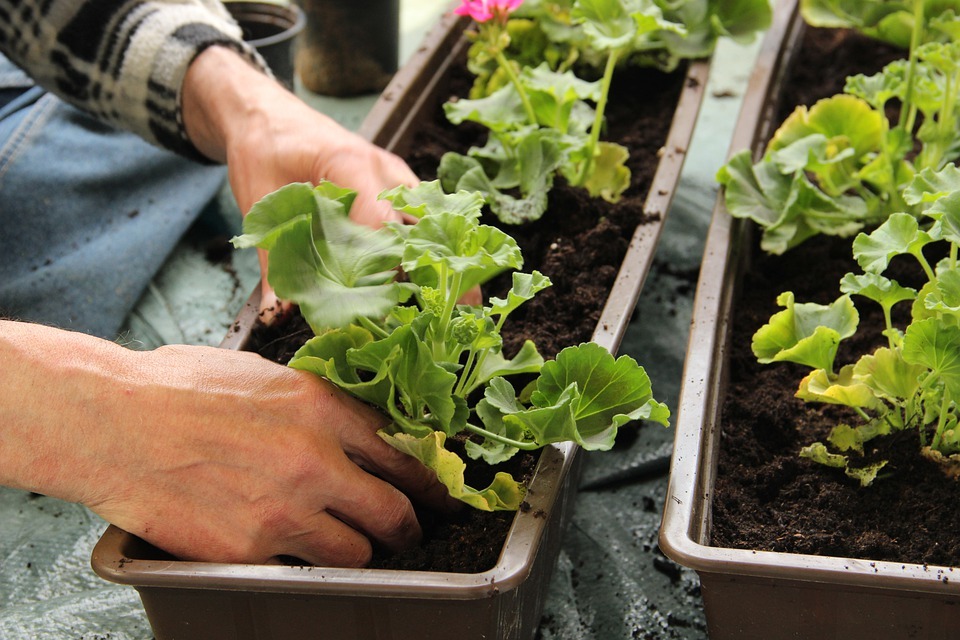
If you do not have enough time to water, maintain, and take good care of your plants and someone who prefers small gardens that are easy to manage, then square foot gardening is just right for you.
In the 1970s, an American author and TV presenter named Mel Bartholomew invented a new planting method called "Square Foot Gardening," or commonly known as SFG. In this planting method, the gardener plants in blocks that are 4x4-foot instead of the traditional ones we use in gardening. You may plant different crops with different quantities in each row; you can also plant different crops in each box if you wanted. It depends upon you how you would want to create your square foot garden.
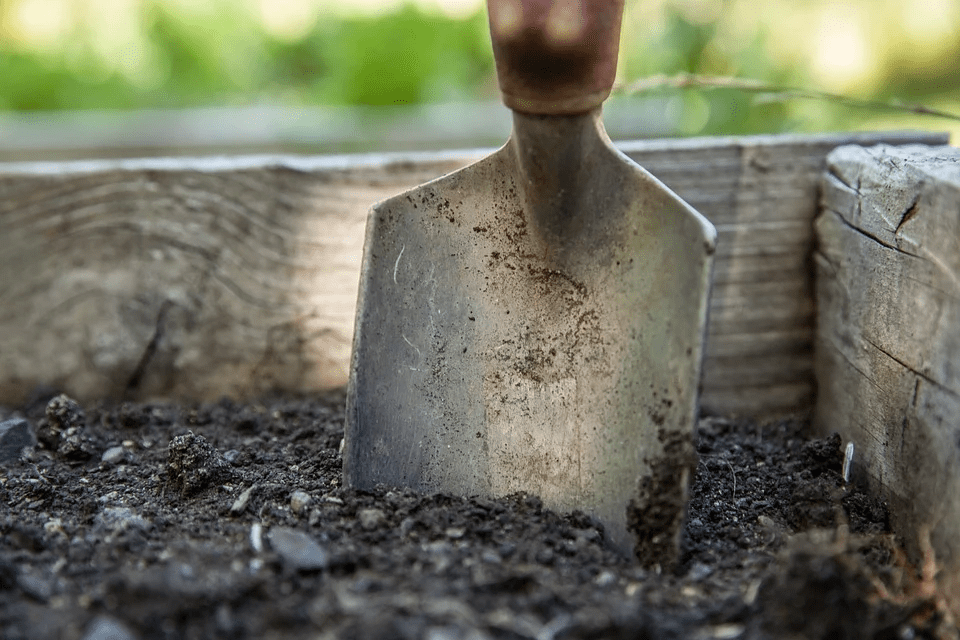
GUIDE IN MAKING YOUR OWN SQUARE FOOT GARDEN
Look for a place where you can put your square foot garden.
One good thing about square foot gardening is that it does not take up a lot of space. You can look for a space in your backyard, and from there, you can start creating your square foot garden. If you have excellent soil quality, you can go with an "in the ground" planting. However, if the soil on the ground is not ideal for growing crops, you can consider making your own raised garden bed box.
Get your raised garden bed box
Once you already found a place for your bed box, you may now start buying or building your bed box. All you need are some wood, tools, and skills, and then you can now create a 4x4 foot raised garden bed box where you will put all your desired plants.
Put in your soil
In square foot gardening, soil quality must be considered. You must have excellent soil quality so that you can garden well. One good thing about using a raised garden bed box is that you can control your garden's soil quality. Soil mixture of peat moss, vermiculite, and compost is an example of excellent and fertile soil quality. One-third of each type of soil is an ideal soil mix, according to Mel Bartholomew.
Put in your grid inside the box
Layout your square foot grid on your box. This can help in separating and identifying your crops. Sixteen compartments are allotted for your plants of different kinds. When you are done putting laying out your grid, you may now start planting your seeds.
Make sure that you plant the correct quantities of crops
In square foot gardening, you may plant different crops with different quantities depending on the type of plant you want to grow. For example, since broccolis come in large sizes, you can only plant one per square foot. However, small plants like carrots can be planted in a larger amount within each square. Plant quantities for each box are usually 1, 2, 4, 9, or 16. Make sure that your plants have enough space to grow and flourish in your square foot garden.
Water your plants and wait for them to grow
After doing all the steps, you start maintaining your plants. Water them every day, check if there are some significant changes on them (it may be good or bad), and wait for them to grow and produce your desired fruits and vegetables.
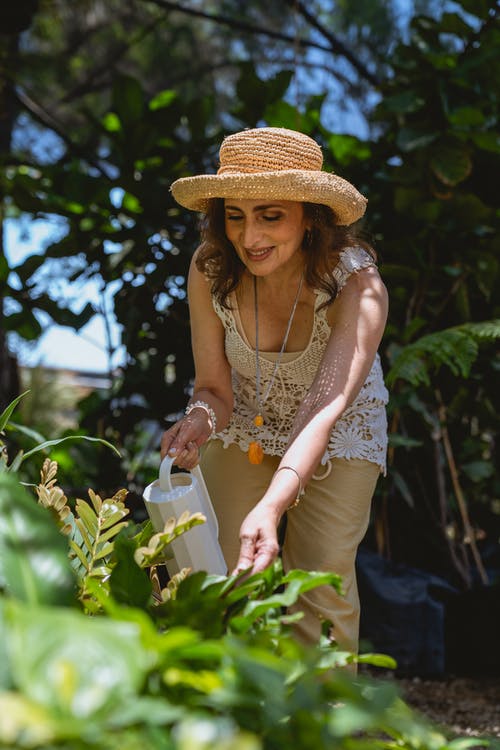
BENEFITS OF SQUARE FOOT GARDENING
There are a lot of advantages when you start your square foot garden. These are only some of the benefits you can get in square foot gardening.
Food can be easily accessible. Since you are growing your own food, you will not find it hard to look for something to eat. You can also ensure that what you eat is fresh, healthy, and full of nutrients.
It does not require big space. Square foot gardening is ideal for beginners who also have small space. In just one bed box containing 16 square feet, you can now grow different varieties of fruits and vegetables in your compact space.
A greater amount of plants. With an excellent quality of soil and proper quantities of crops, you can produce high yields of fruits and vegetables. Since you can plant huge amounts of different plants in each square, you will most likely harvest a more generous amount of different varieties of plants.
Easy to maintain and secure. Since you are planting in a small area where your plants are close together, it will be easier for you to water them, maintain them, and protect them from possible harm like intense heat, frost, pests, and rodents. It is also not time-consuming since you will only check out a minimal space.

